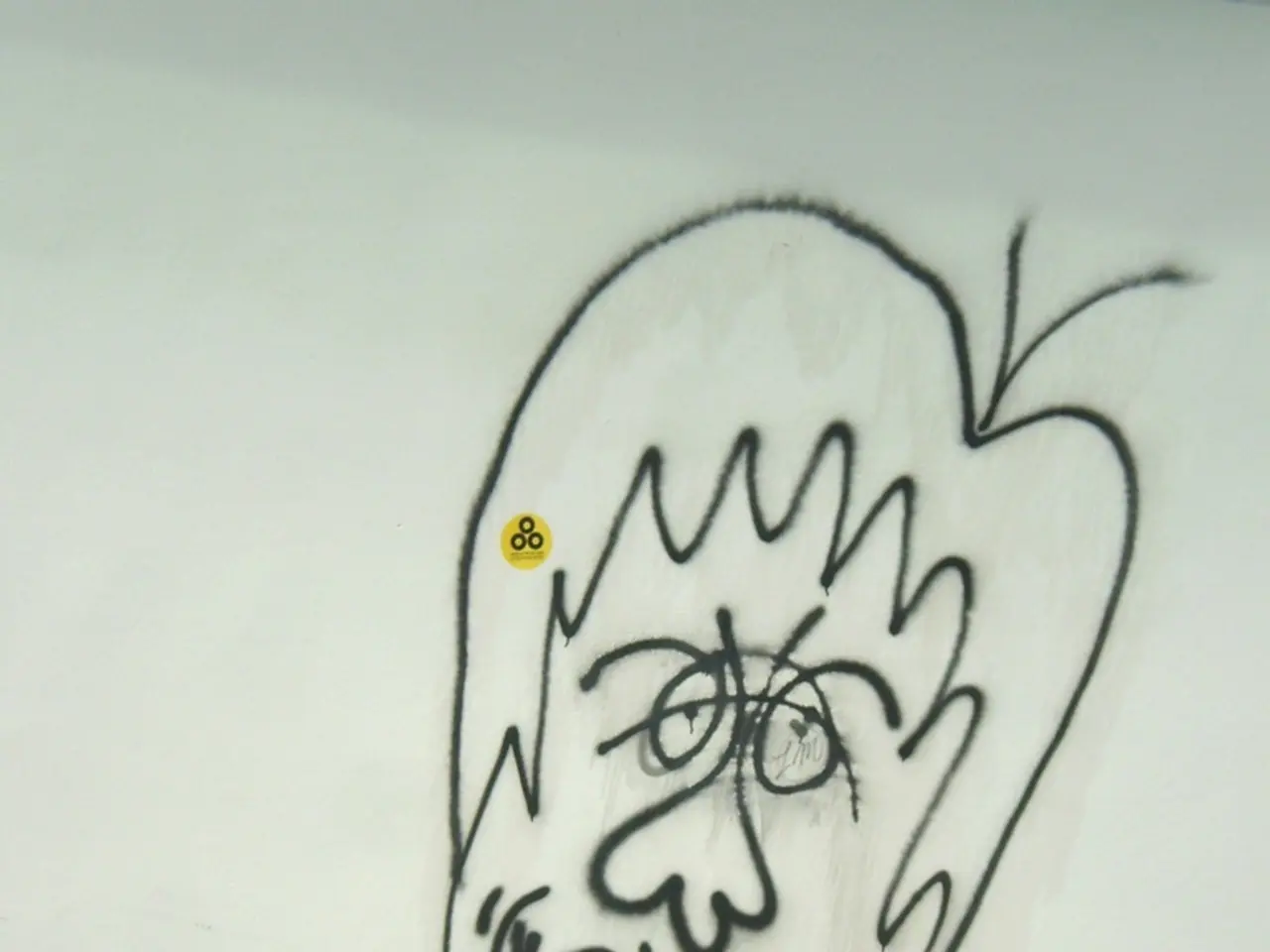Nurture Creativity and Self-Expression through the Reggio Emilia Methodology
The Reggio Emilia approach, a progressive and child-centered philosophy in early childhood education, originated in the Italian city of Reggio Emilia after World War II. This approach, which values the potential of all children to think, learn, and construct knowledge through exploration and discovery, has gained worldwide recognition for its unique and effective methods.
At the heart of the Reggio Emilia approach lies the belief that children are capable, creative co-constructors of knowledge. They are seen as active participants in their own learning, able to express themselves and develop understanding through hands-on experiences. The curriculum is emergent, evolving from children’s questions, ideas, and observations in collaboration with teachers and families, fostering deeper engagement and relevance.
The learning environment is carefully designed to be rich, multisensory, and inspiring, often referred to as the "third teacher." It includes natural materials, art supplies, books, and visual labels to stimulate curiosity and literacy skills. This environment encourages cognitive development, nurturing critical thinking and problem-solving skills.
The approach also places a strong emphasis on emotional development, promoting self-confidence and a strong sense of self by valuing each child’s interests and strengths. The supportive learning atmosphere, based on respect and shared responsibility, helps children develop motivation and a lifelong love of learning.
Social development is another key focus, with collaborative group work and community involvement fostering social skills such as communication, negotiation, and teamwork. The relational focus on student-teacher-family partnerships builds social-emotional competence and empathy.
In Reggio-inspired environments, teachers act as collaborators and observers, documenting the learning process and providing provocations to deepen thinking. Children are encouraged to follow their interests, ask questions, and develop their ideas over time.
The benefits of the Reggio Emilia approach are far-reaching. A long-term evaluation found that individuals who attended Reggio-inspired preschools demonstrated significantly stronger socio-emotional skills in adolescence compared to peers who received no formal early education. Additionally, a study by researchers at the University of Cambridge found that teaching empathy through arts-based learning improves children's creative abilities, critical thinking, self-regulation, and emotional awareness.
The museum exhibits at Museo dei Bambini in Reggio Emilia integrate many elements of the Reggio Emilia vision, offering materials and spaces that invite children to express, invent, and imagine in their own way. Examples include the Ink Painting exhibit, where children use flashlights and moving lights to create midair paintings, exploring how light interacts with time, space, and movement, and the Pixel Play, where children build large-scale mosaics using colored blocks or discs, blending design, spatial reasoning, and artistic expression.
The Reggio Emilia philosophy emphasizes the importance of slowing down, listening, and inviting children to express, rather than pushing them to learn. Central to the philosophy is the belief that children communicate and understand the world through "a hundred languages," including movement, drawing, building, speaking, dramatic play, and more.
For more information on the Reggio Emilia approach, visit the Reggio Children Official Website, Project Zero - Visible Thinking at Harvard, The Hundred Languages of Children - Reggio Emilia Approach Overview, and Creativity in Early Childhood - Cambridge Bibliography on Creativity and Learning. The approach, developed by educator Loris Malaguzzi in the 1940s, continues to inspire and transform early childhood education around the world.
In the Reggio Emilia-inspired museum, 'bambini' (children) are provided with an engaging environment that offers opportunities for self-expression and exploration, akin to their lifestyle in guided learning. By interacting with exhibits like Ink Painting and Pixel Play, 'bambini' can develop their understanding of literature (literacy skills) and technology (using lights and building large-scale mosaics) as part of their education-and-self-development journey.




